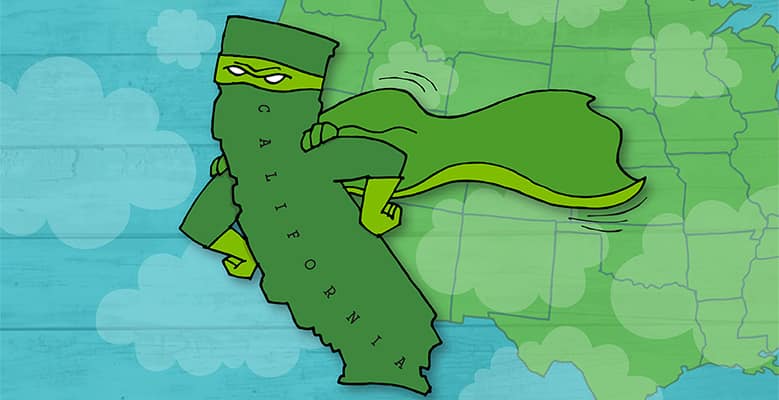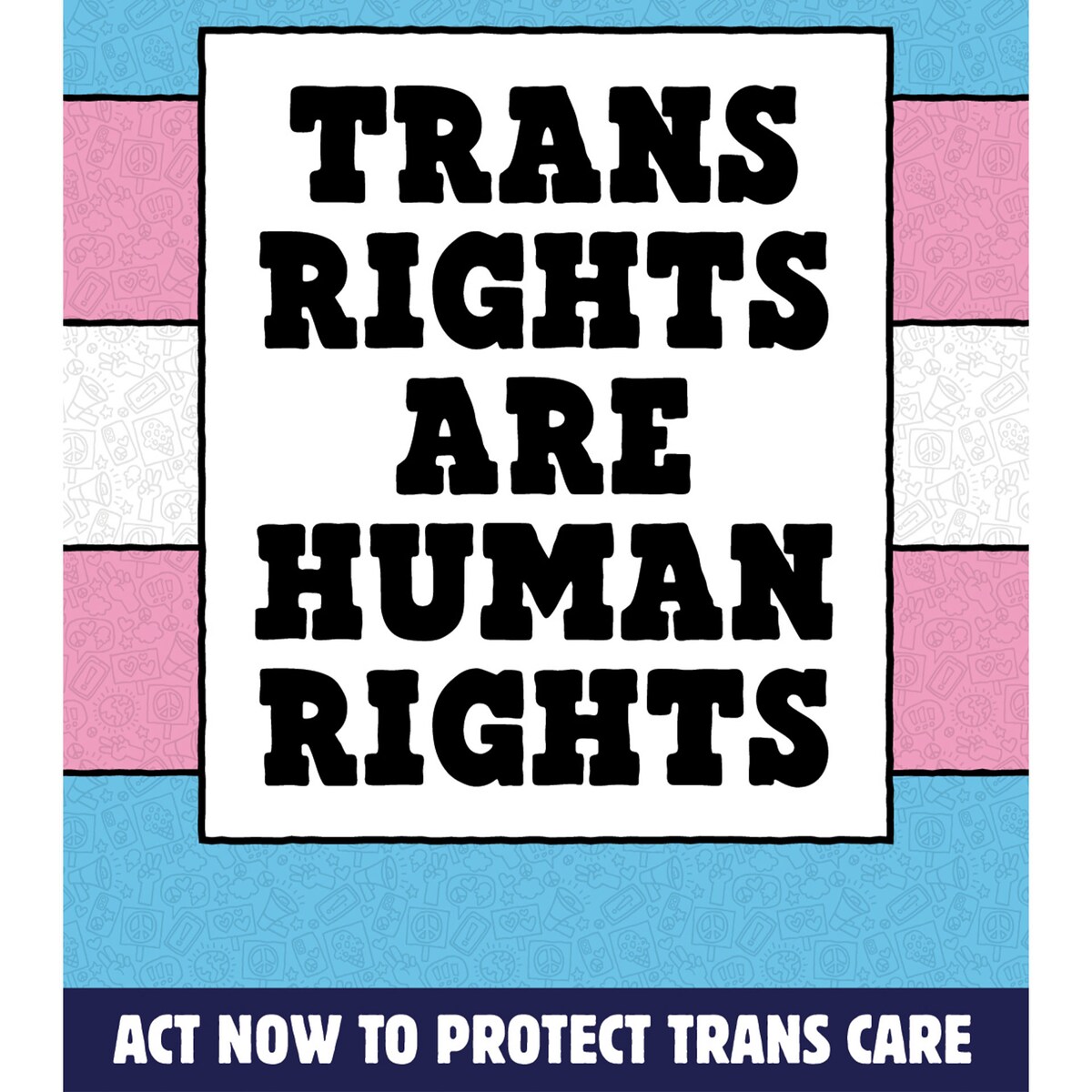August 7, 2015
From marquee movies to bestselling book series, pop culture seems obsessed with post-apocalyptic scenarios. Which makes sense— we’re living in an era where science fiction is fast becoming science fact. When scientists first sounded the climate change alarm, their message was that continued warming would lead to extreme weather of all sorts. Now, as we experience everything from exacerbated droughts and heat waves to record monsoons, it looks like the reliable weather our societies are built around could become just another flashback showing “how things used to be.”

Meanwhile, the keys to avoiding the worst outcomes of climate change are far from futuristic. For years, it’s been clear that we need to put a price on carbon, and radically shift how we produce energy. While these two paths are already available to us today, here in the US we’ve still failed to produce a national policy on climate change. And we’re just at the beginning of implementing a national change in power generation— way behind countries like Germany, which is already producing a majority of their electricity from renewable sources.
One state in particular stands out as both the canary in the coal mine for climate change’s impacts in the US, and an example for how the rest of the nation could actually deal with it. Fittingly, it’s California — home of Hollywood’s post-apocalyptic blockbusters.
A State With Too Much Gold and No Rain
First, the bad news. In a nutshell, what we’re seeing now in California — where a fourth year of a record-breaking drought is affecting around 97% of the state — could become the new normal. What started with record-breaking low snowpacks in the Sierras has lead to intensifying stress across industries and communities that rely on the water that is typically stored, then released from high elevations to low.
Farmers that typically rely on irrigation to produce a lion’s share of the nation’s produce are being rationed out water, reducing their output, and, in some cases, leaving the state all together. Years with little to no rain have left whole stands of trees dead and dry, perfect tinder for wildfires, Urban and rural communities alike are being asked to cut back on water use — the results highlighting the divide between wealthy neighborhoods and poorer ones.
The byzantine infrastructure that brings water to California’s driest locations draws water from as far away as Colorado, with fights brewing as the states in between, and even Mexico, are feeling the hit. The US Water Agency is admitting that nationally, we are in real need of a major water resource management overhaul. California’s drought is just the tip of the (now melting) iceberg — the EPA is now warning that without direct action to curb climate change, we could rack up $180 billion in economic losses due to drought and water shortages by the end of the century.
Solutions Under Pressure
Now, the good news. Even as California is becoming more and more parched, the state is leading the nation in terms of actually putting government policies on climate change into action.
First, a little back-story. Like we noted before, putting a price on carbon is one of the most straightforward ways to curb emissions. One way to do this is through a “cap-and-trade” system, which sets limits on carbon emissions and then issues a finite number of permits to emit. Each year the government reduces the amount of emissions allowed, making carbon pollution effectively more expensive. Trading the permits gives innovative companies that reduce their emissions a leg up, incentivizing innovation.
President Obama’s own plan for a national carbon cap-and-trade program imploded under the weight of partisan politics. So he used presidential powers to force change via the EPA, including power plant regulations that task individual states with cutting emissions and incentivize investment in renewable energy. Now that those regulations are being signed into rules, Republicans and coal industry lobbyists are rattling their swords in opposition, and lawsuits are expected from coal-dependent states.
Will Obama’s rules be allowed to play out? California isn’t the sort of state to wait and see if a partisan government can reach a compromise. In fact, they set up their own cap-and-trade program in 2013, and are now being looked at by the rest of the country as a test case.
But Does It Actually Work?
Cap-and-trade is complex, especially in a state economy that on its own would be the eighth largest in the world. Like any pioneering program, California's has its fair share of kinks to work out. But with 85% of the state’s emissions now covered by the program, there’s over $1.6 billion in the bank — paid by carbon polluters. That money is being put to work in a Greenhouse Gas Reduction Fund, and now $230 million is going toward lower income communities that live with the worst pollution. Most importantly, as of January 2015, emissions from capped entities are down 4%, making the state very confident that it can meet its goals of dropping carbon emission to 1990 levels by 2020.
Environmentalists are divided over cap-and-trade. But shy of a national carbon tax (and trust us, Capitol Hill won’t agree to that anytime soon), taking what is working for California, improving it, and repeating it on a national level, would be one way to ensure a positive outcome for our country — one where we don’t end up as a backdrop in Hollywood’s latest dystopian action film.
Recent Articles
Join The Climate Movement
-
With a landmark climate action agreement in place including commitments from 196 countries to fight climate change, now is the time to keep the pressure on and ensure swift action. This climate agreement wouldn’t have happened without millions of people around the world taking action. And we won’t be able to meet the ambitious goals of the Paris Agreement without millions and millions more people taking action in support of a rapid transition to clean energy. Paris was just the beginning, not the end. Let’s get to work towards a greener, cleaner future. Add your voice to the millions demanding action and sign the petition today!


